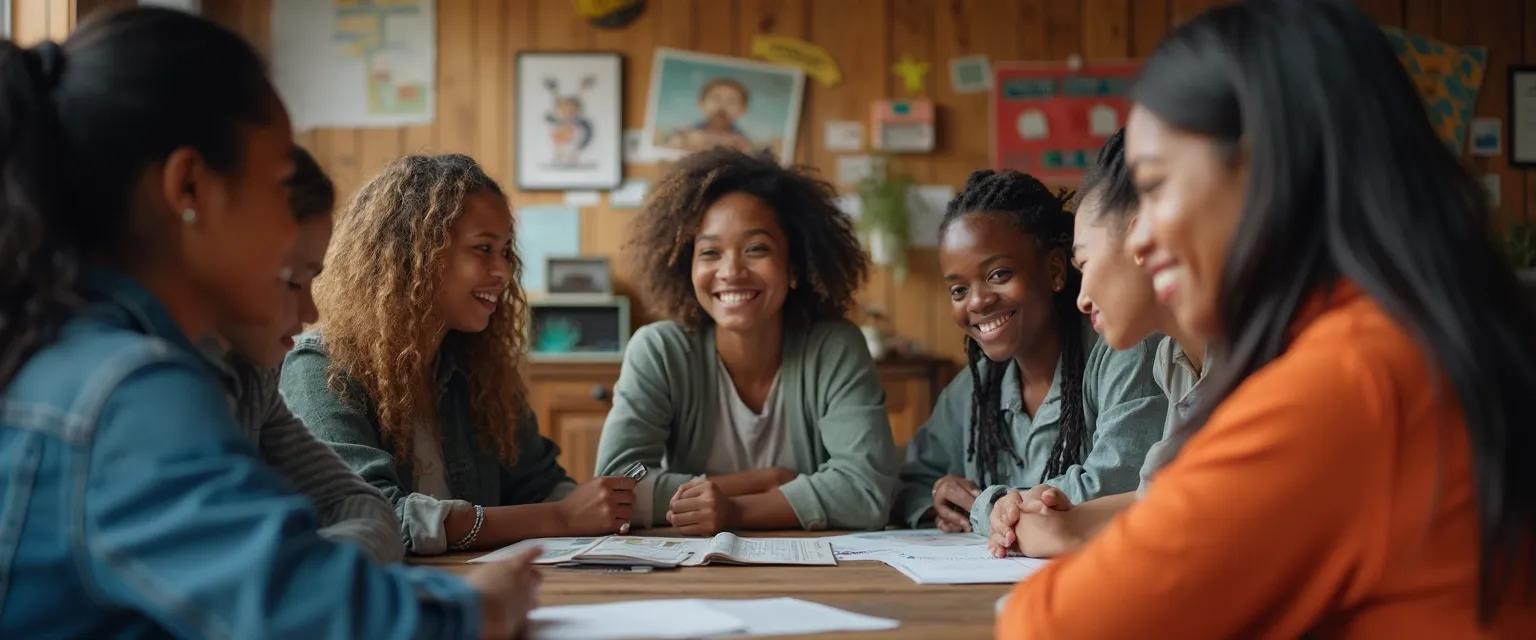7 Powerful Self-Awareness Exercises for NSTP Students Becoming Leaders
Embarking on the National Service Training Program (NSTP) journey presents students with incredible opportunities to serve communities while developing leadership skills. At the heart of effective community leadership lies self awareness—NSTP students who understand their own strengths, weaknesses, and biases create more meaningful impacts in service projects. These self-awareness techniques help NSTP participants navigate complex community dynamics with greater emotional intelligence and purpose.
Research consistently shows that self-aware leaders build stronger connections with community members, make more thoughtful decisions, and ultimately deliver more sustainable solutions. Let's explore seven practical self awareness NSTP exercises that transform ordinary service participants into exceptional community leaders who create lasting positive change.
The beauty of these exercises lies in their simplicity—they require minimal time but deliver maximum insight, making them perfect for busy NSTP students balancing academic responsibilities with community service commitments.
Why Self-Awareness Transforms NSTP Students into Better Leaders
Self awareness NSTP training creates a foundation for empathetic community engagement. When students understand their own values, biases, and emotional responses, they approach service with greater openness and authenticity. This translates directly to more effective leadership in community settings.
Studies from the field of emotional intelligence reveal that self-aware leaders are 40% more effective at building trust with community stakeholders. For NSTP students, this means deeper connections with the people they serve, resulting in more collaborative and sustainable projects.
Additionally, self-aware NSTP participants demonstrate greater resilience when facing challenges in service projects. By understanding their emotional triggers and personal limitations, they navigate difficult situations with more grace and effectiveness. This emotional regulation skill proves invaluable when working in diverse community settings where cultural differences and unexpected obstacles frequently arise.
Perhaps most importantly, self awareness NSTP practices help students align their service work with their authentic values, creating more meaningful and sustainable community engagement that extends beyond program requirements.
7 Quick Self-Awareness Exercises Every NSTP Student Should Practice
These practical self awareness NSTP exercises require minimal time but deliver maximum impact for community leadership development:
- Values Identification Map: Spend 10 minutes identifying your top five personal values and how they connect to your NSTP service motivation. This clarifies your authentic purpose in community work.
- Strength-Weakness Analysis: Create a simple quadrant mapping your strengths and weaknesses specifically in community service contexts. This helps you leverage your talents while addressing growth areas.
- Emotional Reaction Tracking: After each community interaction, take three minutes to note which situations evoked strong emotional responses. This builds awareness of your triggers in service settings.
- Assumption Challenge Exercise: Before entering a community, list three assumptions you might be making about the people you'll serve, then actively look for evidence that challenges these preconceptions.
- Perspective-Taking Practice: During community interactions, pause briefly to consider how the situation looks from community members' viewpoints. This builds empathy and cultural sensitivity.
- Decision Review Reflection: After making leadership decisions in NSTP projects, take five minutes to review what influenced your choices and consider alternative approaches.
- Impact Visualization: Before service activities, spend two minutes visualizing the positive community impact you hope to create, connecting your actions to meaningful outcomes.
These self awareness NSTP strategies build the emotional intelligence foundation that effective community leadership requires, while fitting easily into busy student schedules.
Implementing Self-Awareness in NSTP Community Projects
Translating self awareness NSTP exercises into real-world community impact requires intentional application. Before entering community settings, take 5-10 minutes to review insights from your self-awareness practices. This preparation enhances your effectiveness and authenticity in service interactions.
NSTP program coordinators can integrate these exercises into regular training sessions by allocating short reflection periods before and after community engagement. This systematic approach creates a culture of self-awareness throughout the program.
Success stories abound from NSTP programs that prioritize self awareness. In one compelling example, students who regularly practiced these social adaptability techniques reported 65% greater satisfaction with their service experience and demonstrated measurably stronger leadership skills according to community partners.
The best self awareness NSTP implementation happens when students connect these practices to specific community challenges they're addressing. This creates a virtuous cycle where increased self-understanding leads to better service, which in turn deepens self-awareness.
By incorporating these seven practical self awareness NSTP exercises into your service preparation, you'll transform not just the communities you serve, but your own capacity for meaningful leadership that extends far beyond your NSTP experience.




